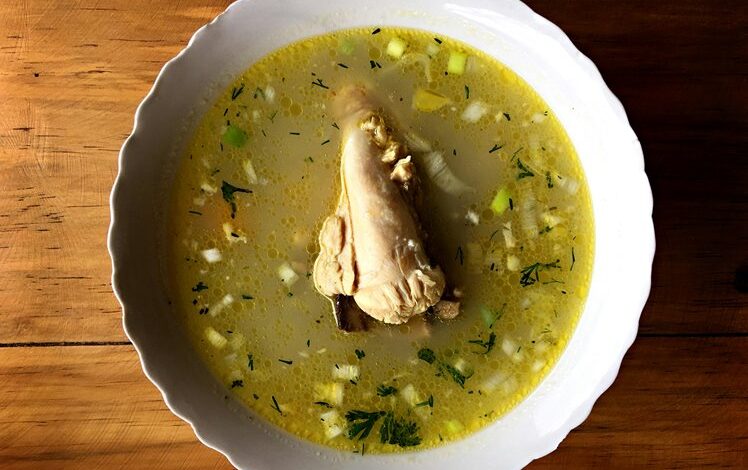Picadillo Definition: What Exactly Is This Latin Dish?

Picadillo is a beloved Latin dish that showcases a harmonious blend of ground meat and vibrant ingredients. Originating from the Iberian Peninsula, it has evolved through cultural exchanges. Each region adds its unique twist, resulting in a diverse tapestry of flavors and textures. From the sweet notes of Cuban picadillo to the heartiness found in Mexican variations, this dish offers much to explore. What makes picadillo so versatile and appealing across different cultures?
The Origins of Picadillo
The rich tapestry of culinary history reveals that picadillo, a savory dish characterized by its hearty blend of ground meat, vegetables, and spices, has roots that trace back to the Iberian Peninsula.
Its cultural significance is profound, reflecting historical influences from various regions, including the Moors and indigenous populations.
Over time, picadillo evolved, embodying the spirit of fusion, freedom, and adaptability in diverse culinary traditions.
Key Ingredients in Picadillo
Picadillo’s rich history is mirrored in its diverse array of ingredients, each contributing to the dish’s unique flavor profile.
Central components include ground meat, tomatoes, and olives, often seasoned with spices.
Cooking techniques such as sautéing enhance the flavors, while ingredient substitutions, like using turkey instead of beef, allow for creative adaptations.
This flexibility makes picadillo a beloved dish across many kitchens.
Regional Variations of Picadillo
While picadillo may share a common foundation of ingredients, its regional variations reveal the culinary influences and traditions of different cultures.
Cuban picadillo typically features green olives and raisins, creating a sweet-savory profile, while Mexican picadillo often incorporates potatoes, tomato sauce, and spices, resulting in a heartier dish.
Each variation reflects the unique taste preferences and histories of its respective region.
Traditional Cooking Methods
Regional variations of picadillo not only highlight diverse flavor profiles but also reveal distinct traditional cooking methods that enhance each version’s unique characteristics.
From slow-cooking in clay pots to sautéing over open flames, these techniques utilize authentic cooking utensils that embody cultural heritage.
Each method allows the ingredients to meld harmoniously, creating a dish rich in history and flavor, celebrating culinary freedom across generations.
Serving Suggestions and Pairings
To fully appreciate the rich flavors of picadillo, one must consider the ideal serving suggestions and pairings that elevate this dish to new culinary heights.
Garnish options such as fresh cilantro, lime wedges, or sliced avocados enhance its vibrant taste.
Complementing side dishes like fluffy rice, black beans, or fried plantains create a balanced meal, allowing the savory notes of picadillo to shine.
Modern Twists on Picadillo
Modern interpretations of picadillo showcase its versatility, with vegetarian variations emerging as popular alternatives that still capture the dish’s rich flavors.
Chefs are also experimenting with global influences, incorporating spices and ingredients from various cuisines to create unique takes on this classic recipe.
These innovative adaptations not only respect traditional roots but also invite new audiences to enjoy the beloved dish in exciting ways.
Vegetarian Picadillo Variations
As culinary creativity flourishes, many chefs and home cooks alike have embraced vegetarian variations of picadillo, transforming this traditional dish into a plant-based delight.
These innovative recipes often feature lentils as a hearty substitute, providing robust flavor and texture.
Global Flavor Infusions
While traditional picadillo is deeply rooted in Latin American cuisine, its adaptability invites a world of flavor infusions that reflect diverse culinary traditions.
Chefs experiment with spice combinations, incorporating influences from Asian, Mediterranean, and Caribbean cuisines. This modern twist transforms picadillo into an exciting dish, featuring ingredients like coconut milk, ginger, or olives, showcasing its potential to unite global tastes in a single, harmonious meal.
Conclusion
In conclusion, picadillo is more than just a dish; it is a vibrant tapestry woven from diverse culinary traditions, each thread telling a story of culture and flavor. Its rich history and regional variations invite cooks to explore and adapt, creating a personal connection to this beloved meal. Whether simmered on a stovetop or reimagined in contemporary kitchens, picadillo continues to captivate palates, proving that some flavors are timeless, transcending borders and generations.




